What To Pack For Trekking In Nepal- Essential Gear Checklist
Having an idea on the Ultimate Travel Packing Checklist, Hiking checklist and going on a hike for the first time is not something you do out of sudden. It takes careful planning and preparation to ensure that you will have the best experience, and stay safe during your adventure at the same time.
You can make necessary amendments to our checklist as per your need and convenience. In case, you couldn’t get any of the following listed items in your hometown or be in rush before your flight to Kathmandu, don’t panic! The equipment necessary can be easily purchased in the shops in Kathmandu.
Again, if you are worried about the quality of gears available in Kathmandu then the majority of them are manufactured locally and some are imported from China and they are of awesome quality. Remember to keep your luggage as light as possible for convenient travel. A porter is available for two people who will carry up to 25 kg at maximum, therefore, keep this in mind before you pack your bags!
This short guide on hiking gear will make it possible for you to have the most memorable time of yourself in the great outdoors.
Our Most Important 12
Here are 12 essentials for your trek/hike that you must always have with you on any trekking trail.
Daypack
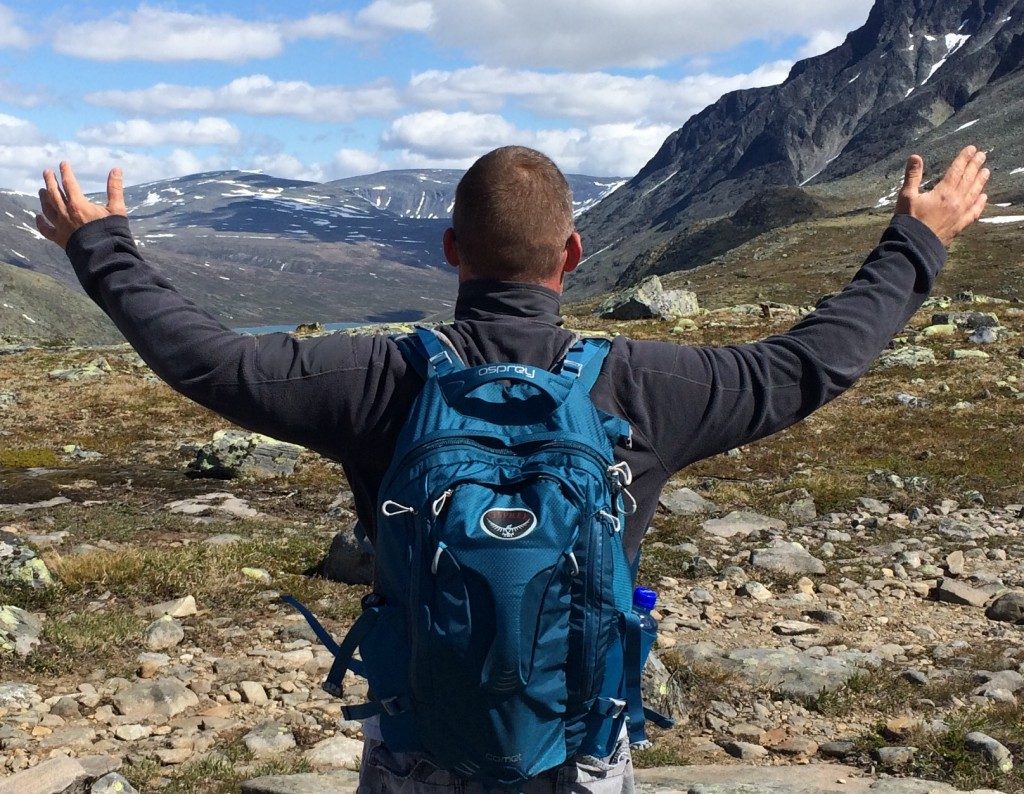
Obviously, you will need a good backpack where you will put all of your hiking gear. For overnight adventures or several days spent in the wild, a full-fledged backpack is advisable, while hikes that last just one day will need a good daypack.
Water
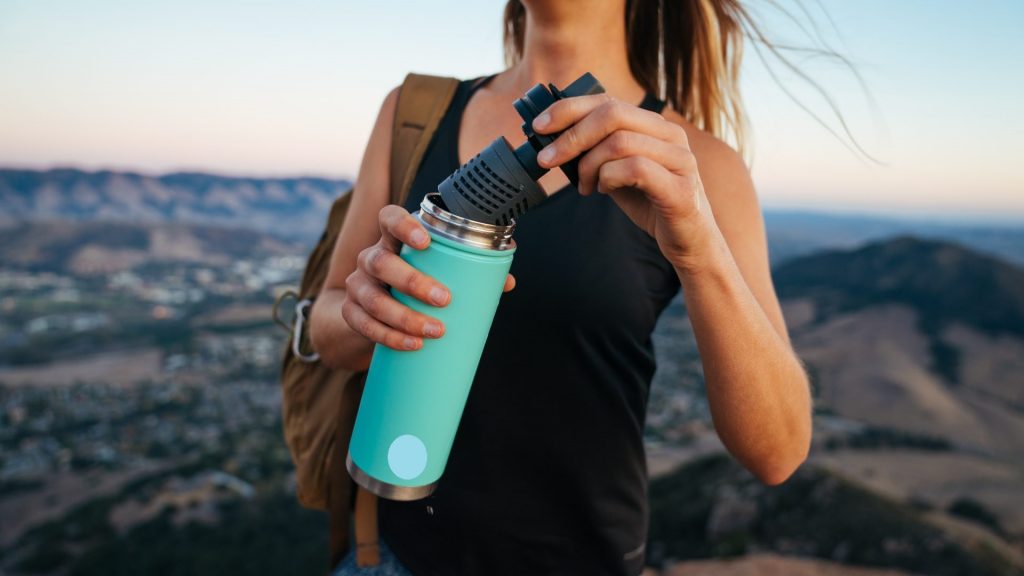
After your backpack, water supply is the next essential you can never live without. A hydration reservoir will be your ideal choice here, or you can also bring several water bottles.
Extra food

It doesn’t matter if you will be preparing your own sandwiches or bring some packed dehydrated meals, you will always need some food for your hiking adventures.
Extra clothing

It will be a great idea to have a waterproof shell in case it suddenly rains. You can also bring some plastic ponchos for added protection. It won’t hurt to have some extra pants, shirts, and shorts, either. You will never know if you will need these or not in the first place. Once the weather turns colder all of a sudden, you will definitely need these extra pieces of clothing.
Flashlight

If ever your hike extends well after dark, you will need light for you to see the trail. This is also advisable to ensure your safety. While it is good to have a small flashlight, a headlamp can be more convenient as it will free up your hands, particularly when you are using trekking poles.
Navigation tools

A map and a compass are essential tools for navigation that you must always have with you in the event that things go awry and you find yourself lost in the wilderness. GPS units are great yet these could run out of their battery power. Thus, it is always to have some fall back with the use of a physical compass and map to help you find your way around.
First aid kit

It is a must to have a small first aid kit in your backpack. See to it that it contains different varieties of bandages, tape, gauze, aspiring scissors, sanitary wipes, and ointments. Some other things you might want to add are a snake bite kit and a CPR mask.
Knife
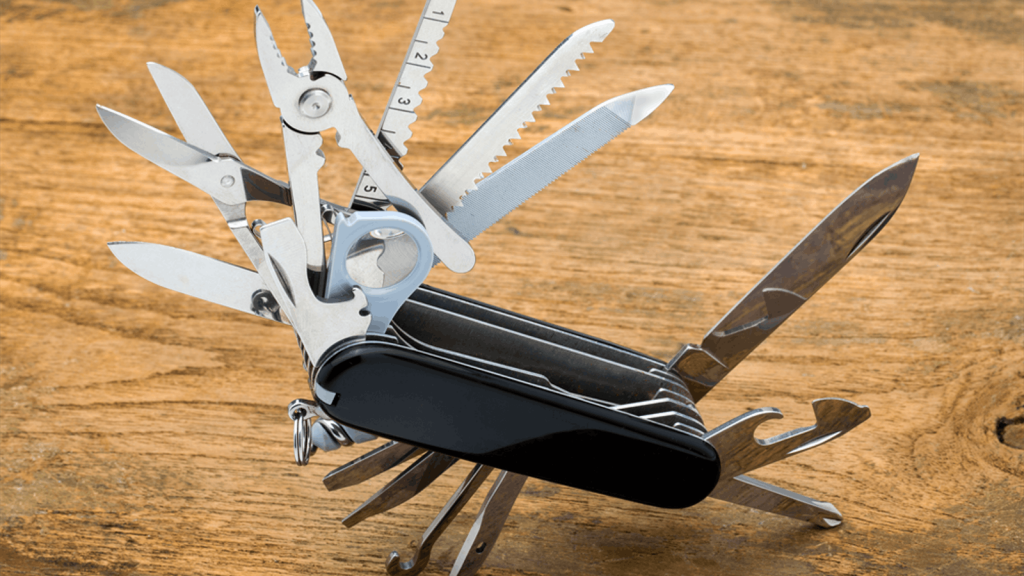
The most ideal option for hikes is the classic Swiss Army Knife with several tools in it.
Matches

You can never tell when you will need fire in case or emergencies. These will also come in handy for boiling water and cooking food. The best option to use is waterproof matches.
Whistle
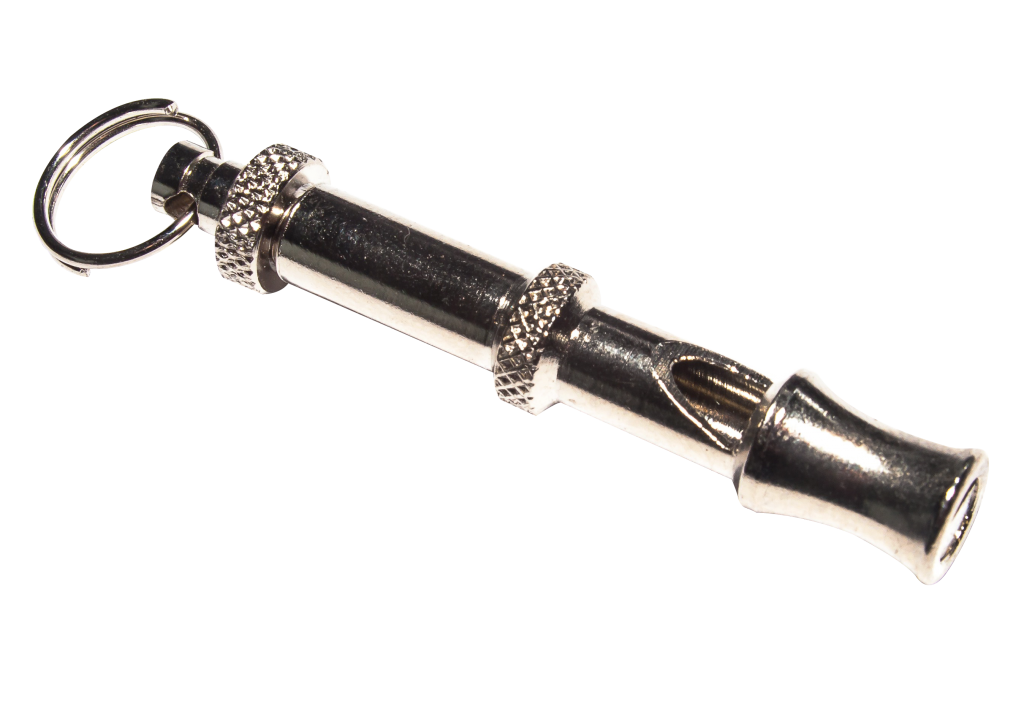
For animal encounters and other emergencies, a whistle can be very useful. Whistles will also let animals aware of your proximity which can then help you avoid encounters with any wild animal during your hike.
Hat

You will surely need some type of hat that will keep your head stay cool and protect your face from the harsh sun.
Sunglasses
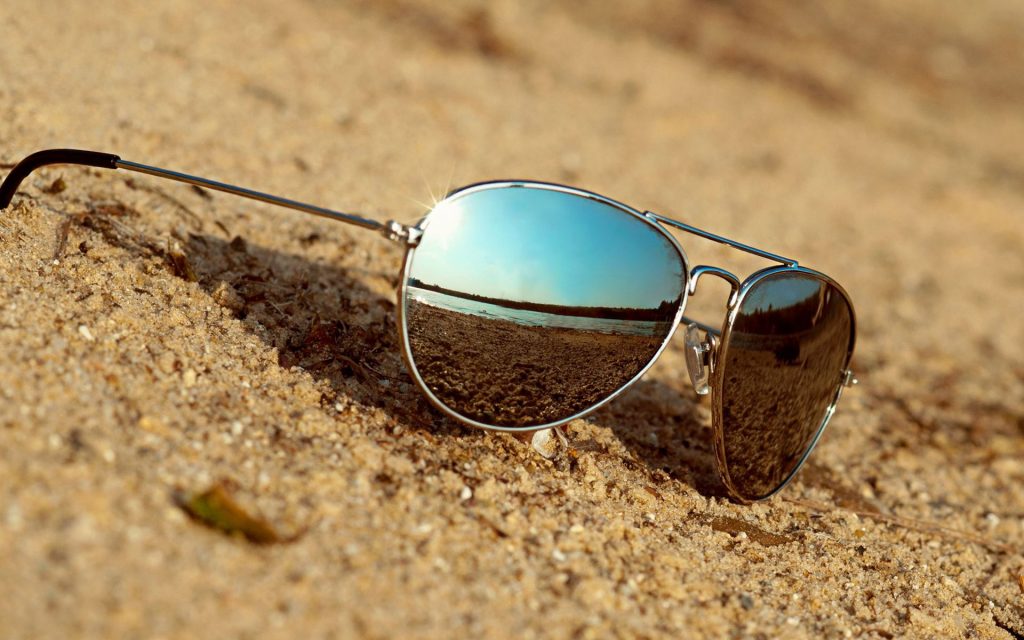
Sunglasses are always a must for all types of hikes to avoid glare, particularly during hot and sunny days.
Clothing Advice: What to Wear?

You will never be able to enjoy your hike when your clothes are not appropriate for the weather. Here is a quick guide about the proper clothing for different weather conditions:
Spring
During a hike in moderate temperatures, opt for clothes that can make you stay warm without necessarily overheating. You have to choose clothes that will let you stay dry. Go for a lightweight T-shirt made of synthetic fiber such as polypropylene or polyester because these materials wick off moisture from your body to let you stay dry. You can also add a light, water resistant, and insulated long sleeved fleece or jacket depending on the weather. You can put the other in your pack in case you require some extra layer. It is best to wear long pants during this season and pick one made of quick-drying materials, Socks made of synthetic material or wool which can wick moisture are a great choice.
Summer
Synthetic fabrics which can keep away moisture from your body can help you stay cool and avoid overheating. During warm temperatures, you can opt for pants or shorts made of synthetic fabrics. Convertible hiking pants can let you convert them into shorts once you warm up. Go for light synthetic or wicking wool socks. The conditions and the hike itself will dictate the rest of the items you will have to bring. If you will reach a peak, temperatures will be cooler at higher altitude so be ready for these changes by bringing a water-resistant jacket and long sleeved fleece. Search for items which can block rain and wind and insulate you during your high altitude activity. Some essentials for hot weather include a wide-brimmed hat, moisture-wicking clothing, and sunscreen.
Fall
The clothes you wear for fall hiking will be the same as your clothes during your spring hike. Layers will still be the key here. Start with your light T-shirt made from synthetic materials. Put on a long sleeved fleece which zips at the front, possibly one with hood. For extra layers, your best options are a wool sweater or flannel shirt. Bring a wind and water resistant jacket in your backpack to be ready in case it rains. During such temperatures, it may be a good idea to layer your socks. Go for a pair of thin wool socks or socks made from synthetic material, and put on another thicker pair on top of them. Finish your clothing with gloves and a hat.
Winter
For hikes in cold temperatures, you can start with your base layer of any wicking material such as wool or polyester. It must fit close to the skin without being too tight to the point that you can no longer move. It is recommended that you put on a base layer on both your lower and upper body. Then, add an extra insulating layer that’s thicker than your base layer. Wicking fabrics are the best option. It’s the layer that you’ll take off once you warm up and put back on once you stop cooling and moving off. Select weather resistant pants that are made of synthetic materials regardless if you add another insulating layer on the lower body. For feet, thin layer sock following by another thicker sock is highly recommended.
A windproof and waterproof jacket will ready you for some changes in precipitation and weather. Your body would cool off once you hike downhill and the outer layer would radiate heat through holding air close to the body. Down coat is good for warmth, yet during in wet conditions, it won’t insulate. Gaiters are good for wet and snowy conditions.
Whenever you plan for a hike, regardless of the temperature and season, remember that the weather isn’t always predictable. Depending on the altitude and length of your hike, you would want to ready for various temperatures.
Footwear Advice: Trekking/ Hiking Shoes vs. Boots
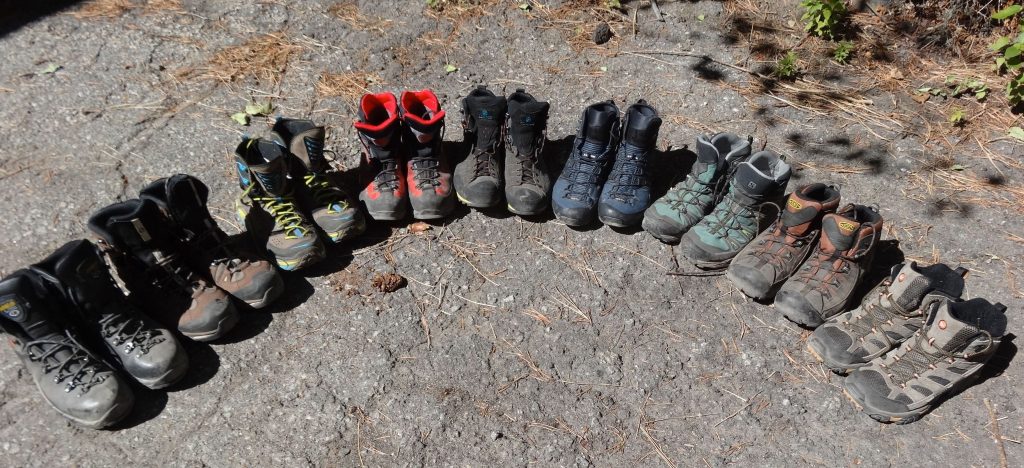
There is a debate in the world of hiking and everybody seems to have their own opinion. Are hiking shoes or boots better for the hiking trail? With a lot of available models, it is hard for casual hikers to decide which to wear hiking. Over a decade, there has been a revolution in the industry of outdoor footwear. Previously, everybody wore clunky and big boots hiking as well as wore tennis shoes on the streets. Today, hiking shoes and lightweight trail running shoes surge in fame.
But, the majority of people don’t realize that modern hiking boots aren’t the same backpacking boots that they once were. You may find lots of options that durable, light and much flexible compared to before.
Pros and Cons of Hiking Boots
- Perfect for intense climates, steep elevation, and long distance hikes.
- Easier on the feet if lugging around the heavy packs.
- It prevents insects and debris from getting in the boots.
- The ankle collar helps stabilize ankles with added weight.
Pros and Cons of Hiking Shoes
- Perfect for camp shoes and day hikes.
- More breathable without ankle collars.
- Offers lots of support for casual hikers.
- Weighs lesser than the boots and requires less energy for every step.
Hiking Shoes or Hiking Boots – The Major Arguments
It is almost up to one’s personal preferences when it comes to reality. Several people are accustomed to wearing boots while some prefer how lightweight shoes are on a hiking trail.
Hiking shoes or also referred to as trail shoes are like the cross between hiking boots and tennis shoes. The hiking shoes are always lighter than the boots and numerous hikers feel they’re more nimble. Yet, it isn’t the fleet of foot, which selects trail shoes. The casual hikers tend to go on the day hikes at the local parks can benefit from the light hiking shoes. On well-maintained and flat hiking trail, there is no to wear boots. The shoes are more breathable and much lighter and offer lots of support in many situations.
When it comes to hiking boots, the classics are still classics and that’s for a reason. Hiking boots were trusted by the outdoor lovers for years and there is a good reason why the hiking boots do a good job at protecting your feet from some elements.
If you are somebody who wants to adventure through sodden bogs or deep snow, you are better off with the boots. Not only boots keep out the trail debris, yet the ankle collars keep out the water. But, it isn’t like the waterproof exterior keeps the water out entirely. Ankle collars provide a barrier that further up your legs than shoes, so once you step in creek or puddle up to your ankle, the feel would stay dry when compared to wearing hiking shoes.
Most hikers report that the boots are recommended when hiking a steep path. Extra support around an ankle could make walking uphill much comfortable, most particularly if you are ascent would take over several hours. An added ankle weight and padding also help stabilize hikers carrying a heavy pack. If you are backpacking, an increased weight becomes harder on your ankles and feet. It is advised to wear boots unless you are carrying a light daypack.
General Needed Trek Items
HEAD
- Sun hat or scarf
- Light balaclava or warm fleece hat
- Sunglasses with UV protection
FEET
- Thin, lightweight inner socks
- Thick, warm wool hiking socks
- Hiking boots with spare laces
- Camp shoes (sneakers and/or sandals)
- Gaiters for hiking in winter
HANDS
- Lightweight gloves
- Heavyweight gloves or mittens
- With a waterproof shell outer (Seasonal
LOWER BODY
- Under Garments
- Hiking shorts
- Lightweight cotton long pants
- Light and expedition weight thermal bottoms
- Fleece or wool pants (seasonal)
- Waterproof (preferably breathable fabric) shell pants
UPPER BODY
- T-shirts
- Light and expedition weight thermal tops
- Fleece jacket or pullover
- Fleece Wind-Stopper jacket (Optional)
- Waterproof (preferably breathable fabric) shell jacket
ACCESSORIES
- Sleeping bag rated to zero degrees F *
- Headlamp (e.g. Petzl Zoom) with spare bulbs and batteries
- A small pad or combination lock-to-lock
- Trekking Bags/Duffel bag
- Basic First Aid Kit
- Large plastic bags – for keeping Items dry inside trek bag
- Daypack (Approximately 20-22 Liter)
- Trekking Poles
- Water bottles
- Toiletries (Small wash towel, Toilet papers etc)
- Ear Plug (who know some people on the group are snoring)
TOILETRIES
- Toothbrush/paste
- Multipurpose soap
- Nail cutter
- Small mirror
PERSONAL HYGIENE
- Wet wipes (baby wipes)
- Tissue /toilet roll
- Antibacterial hands wash
EXTRAS/LUXURIES
- Binoculars
- Reading book
- Trail Map/Guidebook
- Journal & Pen
- Pencils and small notebooks
- Travel game i.e., cards
With all of these lists, you have to make the best as possible go through this step by step Lightweight Backpacking guide too.
 Address
Address Address
Address